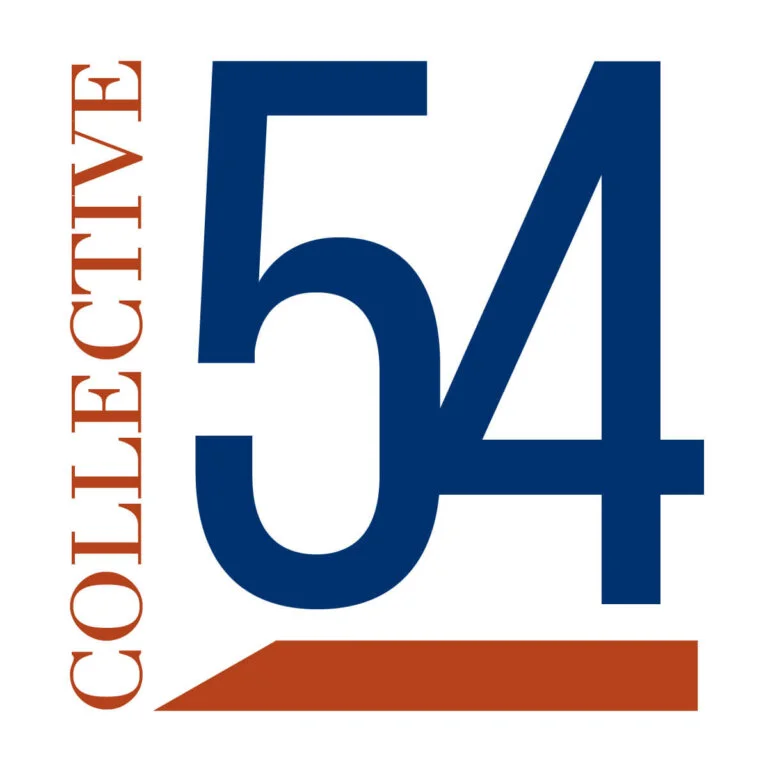|
Getting your Trinity Audio player ready... |
From Headwinds to Tailwinds: A Practical Guide for Professional Service Leaders Facing Revenue Pressure

If you run a boutique professional services firm, you’ve likely felt the ground shift under your feet: slower inbound, elongated cycles, clients insourcing, price pressure from AI, and teams stretched thin. The symptoms are familiar; the diagnosis varies.
This post offers a practical, founder-friendly playbook, rooted in Greg Alexander’s The Boutique and fresh insights from fellow C54 founders, to stabilize revenue, rebuild momentum, and emerge stronger.
1. Re-anchor your strategy: Narrow to win
In a soft market, broad positioning can be costly. Re-assert your niche and Ideal Client Profile (ICP), the buyer you can win repeatedly at attractive margins. “The sale is the sample”: if discovery calls feel chaotic or misaligned, you’re outside your ICP and likely courting discount-driven work.
Tighten your ICP, then hard-gate opportunities that don’t match. This increases close rate, speeds delivery, and protects price.
Quick moves
- Publish a 1-page ICP (industry, problem, trigger events, must-have qualifiers).
- Create a “No-Go” checklist for sales: red flags = stop.
- Replace generic case studies with 2–3 pattern-match stories that your ICP instantly recognizes.
2. Productize outcomes, not hours
AI is compressing low-value activities. That makes your packaged outcomes more valuable—not less. Translate services into named products with clear scope, timeline, deliverables, KPIs, and price bands.
Productization reduces sales friction and delivery variance, preserves margins, and makes substitution by DIY/AI less likely because buyers are purchasing an outcome, not inputs. (If you’re new to this muscle, start with your last three profitable projects and templatize them.)
Quick moves
- Convert your most common request into a 3-tier offer (Good/Better/Best).
- Add risk-reversal (pilot, milestone exit) and speed lanes (rush premiums).
- Publish “What’s included / what’s not” to control scope creep.
3. Shift part of revenue to recurring, eyes open to the J-curve
When project backlogs wobble, recurring revenue stabilizes cash flow. Consider retainers for ongoing advisory, optimization, enablement, and governance.
Expect a short-term dip (the J-curve) while you re-mix your book; plan working capital accordingly. The payoff is resilience and a more valuable firm.
Quick moves
- Design a 3-level retainer anchored to measurable ROI or risk reduction.
- Bundle periodic “AI enablement” (playbooks, QA reviews, model prompts, audits).
- Institute quarterly business reviews (QBRs) to renew based on outcomes.
4. Make AI your moat, not your margin killer
Clients using AI in-house will eliminate some “first-draft” work. Let them. That self- selection means the leads reaching you are more serious.
Position your firm as the orchestrator: mix client-side AI with your domain expertise, judgment, and QA to deliver outcomes safely, fast, and on-brand. Publish how you govern AI (data, ethics, accuracy) to reduce buyer fear and justify premium pricing.
Quick moves
- Offer an “AI-assisted delivery” option with explicit QA stages and SLAs.
- Productize AI services clients won’t staff: workflow design, prompt libraries, “trust layers” (guardrails), and compliance documentation.
- Track and share cycle-time compression and error-rate reductions from AI, defend price with proof.
5. Professionalize demand gen: graduate from founder-only sales
Founder-led, network-only selling hits a ceiling fast, especially when markets tighten.
Build a repeatable system: clear ICP → compelling products → consistent pipeline math (SQLs, win rate, CAC payback) → content and partnerships that move one ICP through one journey. Codify the steps so non-founders can sell, too.
Quick moves
- Replace “random acts of marketing” with a monthly revenue operating review.
- Stand up two scalable channels (e.g., partner co-selling + focused content syndication).
- Instrument the funnel: track stage conversion and sales cycle by offer, not just by client.
6. Reduce fear, in your buyers and in your team
In downturns, fear quietly distorts decisions: buyers defer, teams over-customize, founders chase “maybes.” Counter with structured safety: pilots, success criteria, staged commitments, transparent status dashboards.
Internally, kill the “maybe monsters.” A binary qualify/disqualify system preserves focus and morale.
Quick moves
- Introduce “90-day pilot to production” offers with pre-agreed expansion triggers.
- In pipeline reviews, every deal is Yes/No with a written reason and next step—no “maybe.”
- Close post-mortems within 72 hours: document root causes and update your playbooks.
7. Get bankable: strengthen the team behind the founder
Buyers (and, one day, acquirers) bet on teams that consistently deliver without heroics.
Define roles, cascade targets, and install a lightweight operating system so client experience doesn’t depend on one rainmaker. This increases close rate now and enterprise value later.
Quick moves
- Publish a RACI for each productized offer; reduce handoffs.
- Weekly “traffic” meeting: capacity, risks, and red/amber/green on deliverables.
- Promote visible deputies (delivery + commercial) to de-risk key accounts.
8. Price for resilience: protect floor, reward commitment
When demand softens, discounting feels tempting, and dangerous. Instead, set price floors, trade concessions for commitment (multi-project packages, pre-payment, longer terms), and publish an annual volume discount schedule.
Pair this with clear expedite fees, change-order policies, and “right to pause” rules so cash flow stays predictable.
Quick moves
- Add a minimum engagement fee and rush premiums.
- Offer term-based incentives (e.g., 7% off for 12-month pre-pay; 15% off at >80 units/year).
- Put change-order triggers in every SOW, linked to measurable scope deltas.
9. Capital and cash: extend your runway intentionally
Scaling, even just re-mixing to recurring, takes cash. Treat capital selection (profits, debt, equity) as a strategic choice based on your plan, not a reaction to stress.
Bridge the period while you transition your mix and rebuild the pipeline.
Quick moves
- Run a 13-week cash cadence; model best/mid/worst scenarios.
- Align payment terms to delivery milestones; invoice on kickoff when feasible.
- If you pursue “scale capital,” pair it with a 24-month product and channel roadmap.
10. Owner mindset: define your “moonshot,” then work backward
Turbulence is easier to navigate when your destination is clear. Reaffirm the firm you’re building, lifestyle, boutique at scale, or eventual exit, and sequence your bets accordingly.
In The Boutique language: start → scale → sell. Not every firm needs to reach the “moon,” but you do need a believable growth story that your team can execute.
Quick moves
- Draft a one-page Destination Statement outlining your 3-year vision, offer mix, ideal client profile, and economic model — the equivalent of a VTO if you’re running on EOS.
- Establish quarterly initiatives that are fewer, bigger, and better, and eliminate everything else.
- Align every leader’s scorecard to that destination, ensuring that lagging revenue results from disciplined leading behaviors.
Pulling it together: a 90-day stabilization plan
- Week 1–2: Codify ICP, audit pipeline by ICP fit, and map win/loss drivers.
- Week 3–4: Productize 2–3 offers with tiered pricing, SLAs, and proof.
- Week 5–6: Fuel Stand up two channels, relaunch messaging, and publish 3 ICP-specific case narratives.
- Week 7–8: Monetize Insert AI-assisted steps with explicit QA; launch an enablement retainer.
- Week 9–10: Price & Implement floors, volume/term incentives, and change-order policy.
- Week 11–12: Operating Weekly traffic and pipeline reviews; 13-week cash; QBRs for recurring clients.
Final word
Markets cycle. Tools change. What doesn’t: buyers pay premiums for clarity, confidence, and speed to value.
The firms that win now are doing what The Boutique has preached all along: focus, productize, professionalize, and adapting those principles to an AI-accelerated world.
Tighten the strategy, make offers obvious, turn AI into leverage, and install an operating rhythm that compounds. Do this, and the “revenue dip” becomes the inflection point you’ll later call your turning point.
